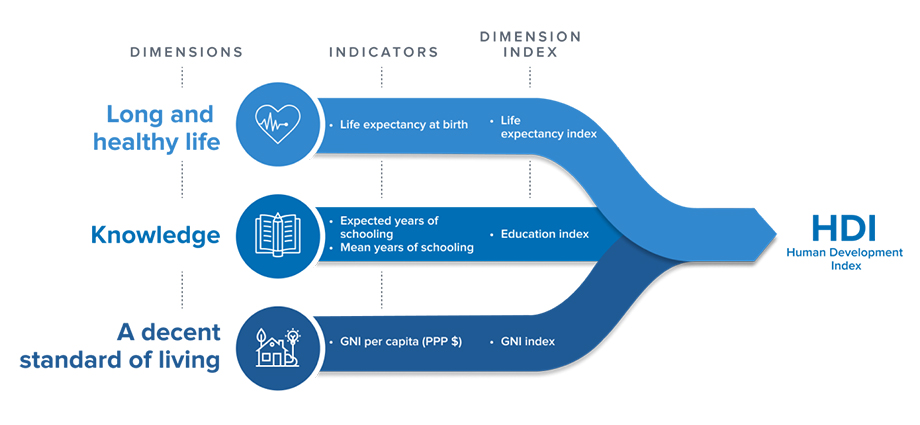
The statement that “the ways to measure human development are constantly being redefined” is certainly true. Human development is a complex and multifaceted concept that encompasses a wide range of social, economic, and political factors, and the ways in which it is measured have evolved over time.
One of the most widely used measures of human development is the Human Development Index (HDI), which was developed by the United Nations Development Programme (UNDP) in the 1990s. The HDI is based on three key dimensions of human development: life expectancy, education, and income. However, there are several criticisms of the HDI, including that it is too narrowly focused on these three dimensions and that it does not take into account important social factors such as gender inequality, political freedom, and environmental sustainability.
To address these shortcomings, the UNDP has developed other measures of human development, such as the Gender Development Index (GDI) and the Multidimensional Poverty Index (MPI), which take into account additional dimensions of human development. For example, the GDI measures gender-based inequalities in the same three dimensions as the HDI, while the MPI measures poverty across a range of indicators related to health, education, and living standards.
Despite these advances, there are still several challenges to measuring human development. One of the biggest challenges is ensuring that the measures used are sensitive to the diverse cultural, economic, and social contexts in which human development occurs. There is also a need to ensure that measures of human development are accessible and understandable to a wide range of stakeholders, including policymakers, researchers, and the general public.
In conclusion, while the ways to measure human development are constantly being redefined, there are still significant attainments and shortcomings in our ability to measure this complex concept. While measures such as the HDI, GDI, and MPI have made important contributions to our understanding of human development, there is still much work to be done to ensure that these measures accurately capture the diverse dimensions of human development and are accessible to a wide range of stakeholders.